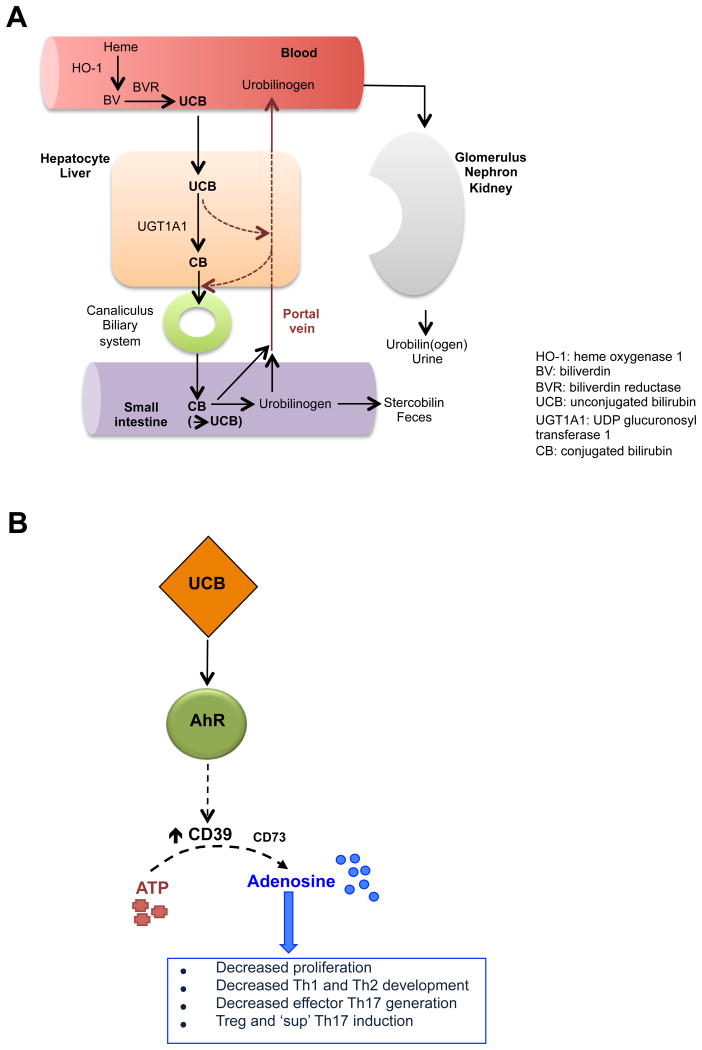Fig. 2. Bilirubin metabolism and mechanism of action.
(A) Unconjugated bilirubin (UCB) is an end product of heme catalysis and has known immunosuppressant properties Heme-oxygenase-1 (HO-1) catalyzes heme degradation to biliverdin (BV), which is then converted to UCB by biliverdin reductase (BVR). As it is insoluble in water, UCB binds to albumin in the circulation. In the hepatocytes, UCB is conjugated with glucuronic acid by UDP glucuronosyltransferase 1 (UGT1A1) and is then excreted into the bile. Then, after being metabolized to urobilinogen and de-conjugated by the bacterial flora, it is excreted in the urine and feces. Proportions of bilirubin are, however, re-absorbed and undergo enterohepatic circulation.
(B) UCB serves as an endogenous ligand for the aryl hydrocarbon receptor (AhR), a mediator of toxin responses and adaptive immunity. AhR engagement by UCB results in upregulation of CD39, the ectoenzyme initiating an ATP/ADP hydrolysis cascade that culminates with the generation of adenosine. Release of adenosine in the extracellular milieu leads to a decrease in cell proliferation, reduction in Th1 and Th2 development, attenuation of Th17 pathogenic potential and Treg induction.

